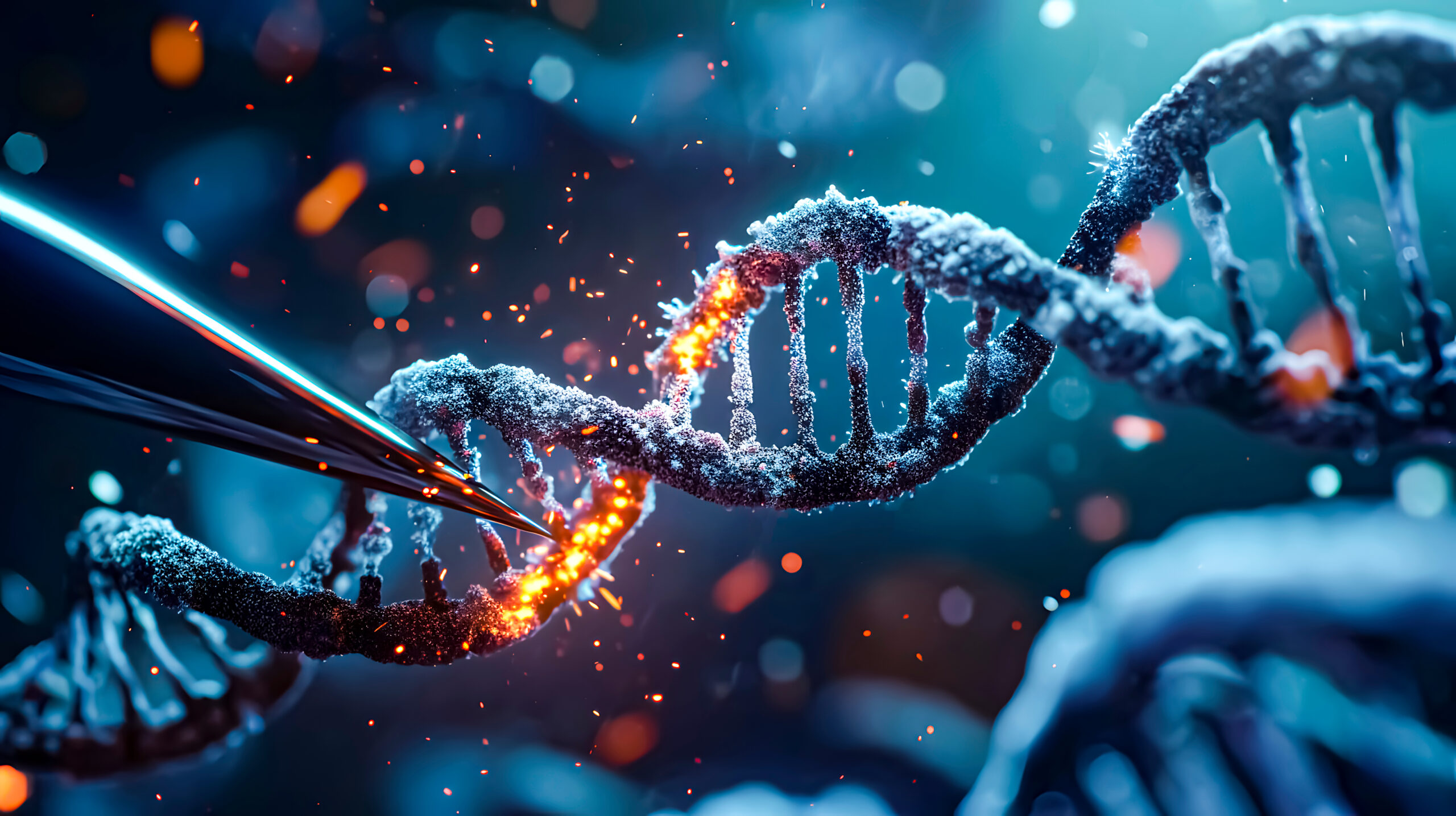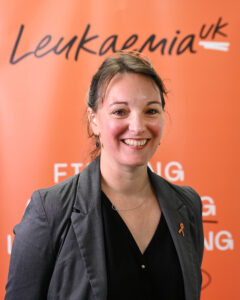Could a gene that helps cancer cells survive be the key to finding new ways to wipe them out?
By understanding the mechanisms of the ERG gene, Dr Lopez hopes to identify new therapeutic targets, potentially leading to more effective treatments for AML and other ERG-related cancers, improving patient outcomes.

Dr Cecile Lopez at the University of Cambridge is investigating the role of the ERG gene in acute myeloid leukaemia (AML), a highly aggressive blood cancer. Her research aims to uncover how ERG influences gene expression and genome organisation within leukaemia cells. By understanding these mechanisms, Dr Lopez hopes to identify new therapeutic targets, potentially leading to more effective treatments for AML and other ERG-related cancers, improving patient outcomes.

The Challenge
Acute myeloid leukaemia (AML) is an aggressive blood cancer that disrupts the bone marrow’s ability to produce normal blood cells. This leading to poor survival rates, with a 5-year survival of just 22%.[1] A key factor in AML’s progression is the excessive making of the ERG gene. This gene regulates hematopoietic stem cells, which produce blood cells. ERG is essential for cancer cell survival because it activates genes that encourage cell growth and suppresses those that promote cell differentiation,[2] allowing cancer cells to avoid death. Despite ERG’s known role, the specific molecular mechanisms through which it drives AML remain unclear. Understanding these mechanisms is essential for developing effective therapies targeting ERG-driven leukaemia.
Research Plan
This research aims to unravel ERG’s complex role in AML by exploring how it influences the 3D structure of these genes within leukaemia cells, which is crucial for regulating gene expression. The study will investigate how ERG forms gene regulatory complexes with various proteins to control the expression of multiple genes, contributing to the unique gene expression patterns seen in AML. Additionally, the research will examine ERG’s interactions with RNA molecules, which play a significant role in regulating gene expression and maintaining the malignant state of leukaemia cells. By understanding these interactions, the study aims to identify new targets for disrupting ERG’s harmful effects in AML.
[1] https://hmrn.org/statistics/survival
[2] Knudsen KJ, Rehn M, Hasemann MS, Rapin N, Bagger FO, Ohlsson E, Willer A, Frank AK, Søndergaard E, Jendholm J, Thorén L, Lee J, Rak J, Theilgaard-Mönch K, Porse BT. ERG promotes the maintenance of hematopoietic stem cells by restricting their differentiation. Genes Dev. 2015 Sep 15;29(18):1915-29. doi: 10.1101/gad.268409.115. PMID: 26385962; PMCID: PMC4579349.
What difference will this research make?
The findings from this research could lead to the development of new therapeutic strategies that target the critical pathways and molecular interactions controlled by ERG. By disrupting ERG’s function in leukaemia cells, these strategies could improve survival rates and outcomes for AML patients. Additionally, since ERG is involved in other types of leukaemia and cancers, the results could have broader implications, potentially leading to new treatments for various ERG-related malignancies. This research brings us closer to personalized medicine approaches that tailor treatments to the specific genetic and molecular characteristics of each patient’s cancer.